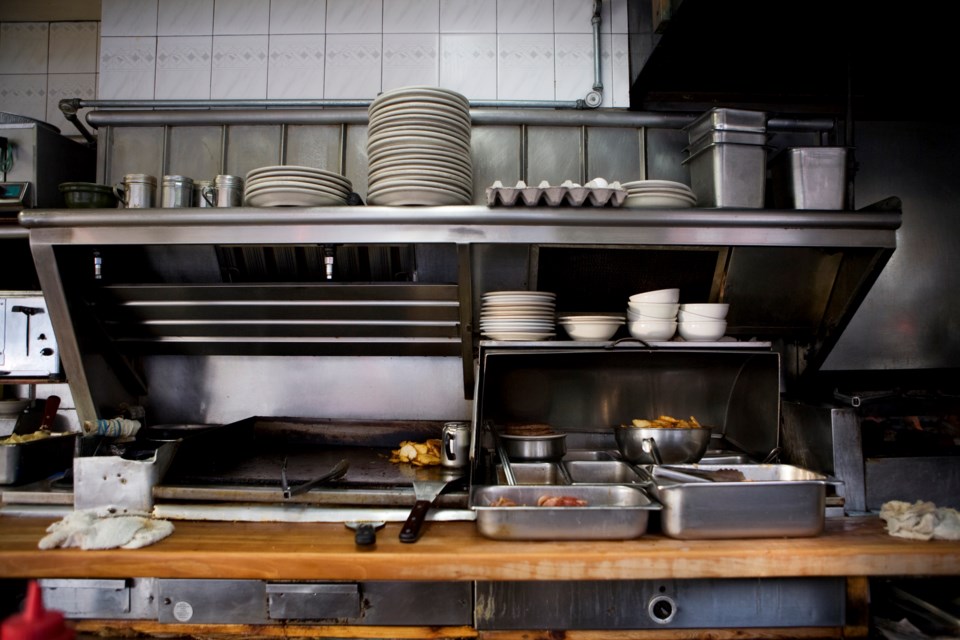When restaurants fail to comply with Northern Health’s standards of safe operations, their inspection results are posted on a public forum entitled Northern Health restaurant ratings.
Ratings are set at low, moderate and high. There is no perfect score for a restaurant so the best they can do is get a low rating. When it’s determined the risk is moderate or high that’s when it’s time for the owners and operators of restaurants to make improvements in a timely manner to achieve a low rating during their next inspection.
“We have policies and procedures in place which outline the inspection frequency for both routine and follow-up inspections so inspectors will come unannounced to a facility and introduce themselves to the manager and let them know they are there to do an inspection where they will check the physical structure, the type of food that is being prepared, and observe behaviours such as handwashing and hand hygiene of the staff,” Neelam Hayer, Northern Interior Team Lead, Environmental Health, said.
“They will also look at the management’s effectiveness, the qualifications they have – does someone have Food Safe – so it’s a pretty thorough inspection. The risk of the action depends on the seriousness of the infraction.”
It depends on what has been sited that will generate a hazard rating at the end of the inspection, Hayer added.
The most common infractions include improper food storage temperatures that could result in food-borne health risks, lack of cleanliness on preparation surfaces, lack of hygiene of staff, lack of proper cleaning supplies and evidence of pests like mice droppings.
“There is a scale on which an observation may fall – sometimes an inspector may observe droppings close to the back door – any time it’s visible it is noted on the inspection report – and depending on the severity could result in closure,” Hayer said. “If there’s pest infestation that is impacting the food preparation area it could be rated anywhere on the scale from high to potential closure.”
Immediate action is required and inquiries are made to see if the establishment has a pest control company attending to help eradicate the situation.
Other circumstances that would demand immediate closure is no power or running water.
“Those types of emergency situations could result in immediate closure,” Hayer said. “If there is a long history of non-compliance where education and support has not reduced the risk or if there is an imminent risk of serious illness those are factors that could potentially result in closure.”
The first part of the process is about education.
“Most restaurant owners really want to do the right thing and we take an educational perspective first,” Hayer said. “Then we have a variety of enforcement measures at our disposal if needed that could include fines, orders or ultimately closure if it escalates.”
If anyone has concerns about procedures and practices seen at a food establishment they are encouraged to report it to Environmental Health at 250-565-7322 or email [email protected].

.png;w=120;h=80;mode=crop)

